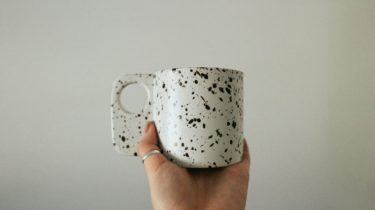Unfolding Data Stories: From First Glance to In-Depth Analysis
The path to uncovering meaningful insights often starts with a single step: looking at the data before asking questions. This journey through the Ames Housing dataset is more than an exploration; it’s a narrative about the hidden stories within numbers, waiting to be told. Through a “Data First Approach,” we invite you to dive deep into the process of data-driven storytelling, where every visualization, every statistical test, and every hypothesis forms a part of a larger narrative. This blog post […]
Read more








